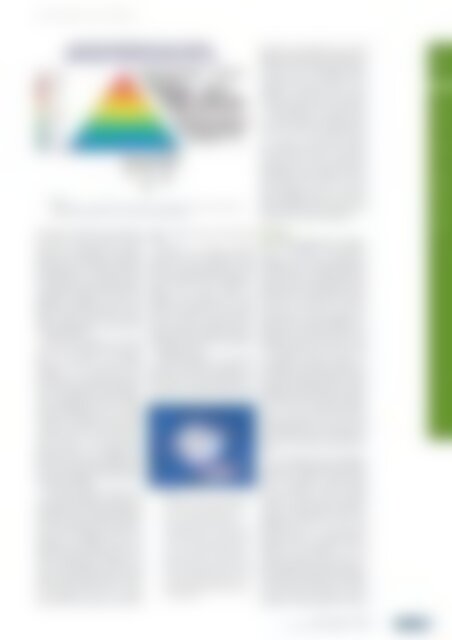atw - International Journal for Nuclear Power | 06.2021
Ever since its first issue in 1956, the atw – International Journal for Nuclear Power has been a publisher of specialist articles, background reports, interviews and news about developments and trends from all important sectors of nuclear energy, nuclear technology and the energy industry. Internationally current and competent, the professional journal atw is a valuable source of information. www.nucmag.com
Ever since its first issue in 1956, the atw – International Journal for Nuclear Power has been a publisher of specialist articles, background reports, interviews and news about developments and trends from all important sectors of nuclear energy, nuclear technology and the energy industry. Internationally current and competent, the professional journal atw is a valuable source of information.
www.nucmag.com
- No tags were found...
You also want an ePaper? Increase the reach of your titles
YUMPU automatically turns print PDFs into web optimized ePapers that Google loves.
<strong>atw</strong> Vol. 66 (2021) | Issue 6 ı November<br />
| Fig. 2.<br />
The primary uses, specific isotope and activity levels of radiological source materials. Note that the<br />
largest sources use only 60 Co, 137 Cs or 90 Sr (Courtesy of Greg van Tuyle).<br />
thousands to hundreds of thousands<br />
of curies (Ci) of activity. These<br />
could cause significant and lasting<br />
health and contamination problems.<br />
Although many variables determine<br />
the effectiveness of an RDD attack,<br />
the key factor is the quantity and type<br />
of radiological source material that is<br />
dispersed. Although it has been<br />
difficult to quantify, globally there are<br />
about 10,000 sources that exceed<br />
1000 Ci, and perhaps a thousand that<br />
exceed 100,000 Ci.<br />
Briefly, the differences in sources<br />
relate to their specific activity (the<br />
type and amount of radiation<br />
emitted), and its chemical <strong>for</strong>m<br />
(whether it is a powder, and nonmetal<br />
solid or a metal). Gamma radiation<br />
(g) can penetrate great distances<br />
and, depending upon the energies,<br />
requires shielding of about 7 inches<br />
(18 cm) of lead (Pb) or about 3-feet<br />
(1 meter) of rein<strong>for</strong>ced concrete. Beta<br />
radiation (b) can only penetrate a<br />
short distance and the personal<br />
protective gear of a firefighter can<br />
block much of the dose. Alpha radiation<br />
(a) is the least penetrating of all<br />
and can be stopped by a piece of paper<br />
or ordinary clothing.<br />
The most important pathway of<br />
accumulating dose from a or b sources<br />
is ingestion, or particularly inhalation,<br />
where the emitter is directly adjacent<br />
to tissue <strong>for</strong> long periods of time. For g<br />
sources, mere proximity is all that is<br />
required <strong>for</strong> significant doses. For<br />
RDD discussions, isotopes of Pu, Am<br />
and U are primarily a emitters, 60 Co<br />
and 137 Cs are g emitters, and 90 Sr is a b<br />
emitter. 60 Co usually occurs as a metal<br />
(either pellets or small rods), 137 Cs is<br />
as a powder, 90 Sr is as a ceramic<br />
titanate, and Pu, Am and U are various<br />
oxides, metals, salts and non-metal<br />
solids.<br />
Although the public generally<br />
thinks of Pu and enriched-U when<br />
hearing the word radioactive, these<br />
are not considered RDD materials of<br />
choice because they are primarily a<br />
emitters, are costly, cannot be<br />
obtained in large amounts, are welltracked<br />
and secured, and are more<br />
useful to terrorists in the production<br />
of actual nuclear weapons than in<br />
being wasted in an RDD. In this sense,<br />
137 CsCl powder is much more effective<br />
as an RDD material.<br />
Although inclusion of any radioactivity,<br />
no matter how small, in a<br />
dirty bomb will cause disruption at<br />
some level, the real health and economic<br />
threat resides in large sources<br />
| Fig. 3.<br />
137 CsCl powder, presently used in the irradiation<br />
industry, is the dirty bomb material of<br />
choice. 137 Cs is inexpensive (

















